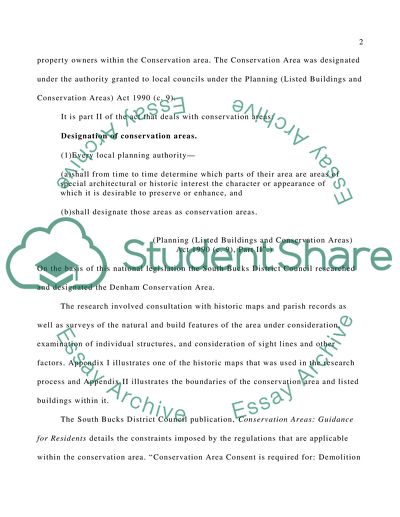Cite this document
(Historic Conservation in the UK - Legislation and Regulations Case Study, n.d.)
Historic Conservation in the UK - Legislation and Regulations Case Study. Retrieved from https://studentshare.org/law/1573144-conservation-areas
Historic Conservation in the UK - Legislation and Regulations Case Study. Retrieved from https://studentshare.org/law/1573144-conservation-areas
(Historic Conservation in the UK - Legislation and Regulations Case Study)
Historic Conservation in the UK - Legislation and Regulations Case Study. https://studentshare.org/law/1573144-conservation-areas.
Historic Conservation in the UK - Legislation and Regulations Case Study. https://studentshare.org/law/1573144-conservation-areas.
“Historic Conservation in the UK - Legislation and Regulations Case Study”. https://studentshare.org/law/1573144-conservation-areas.


